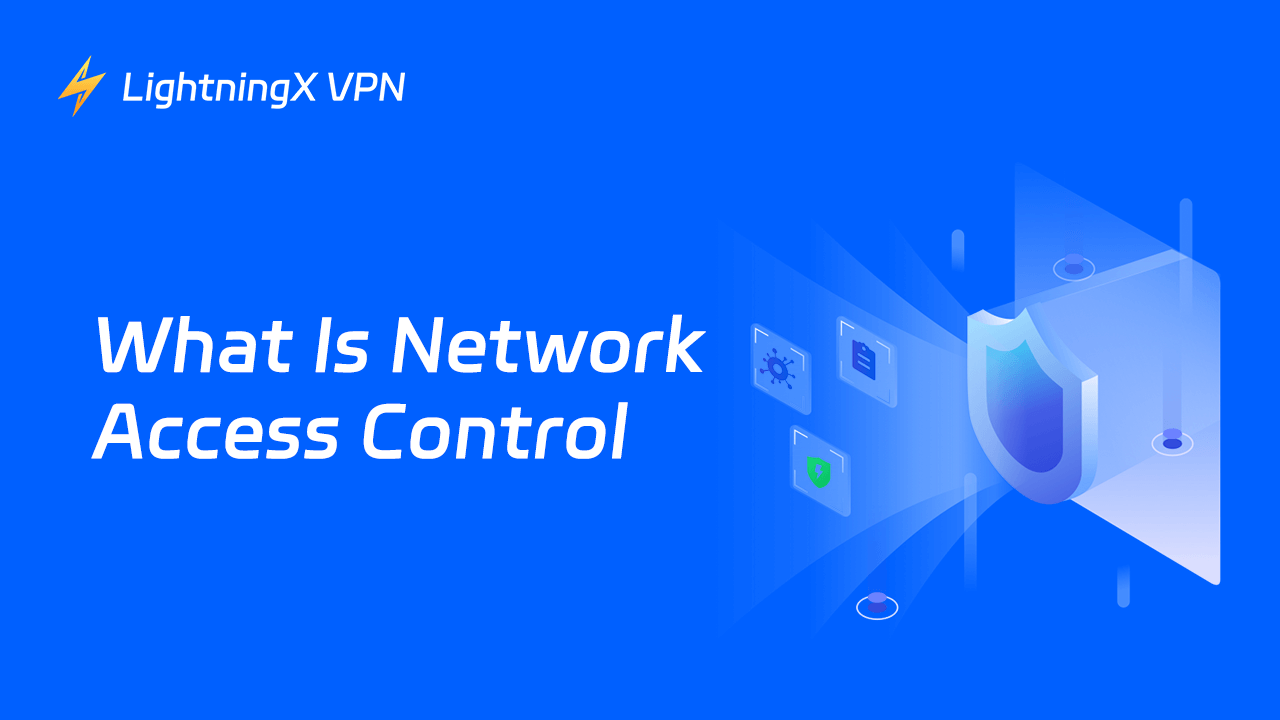Most businesses rely on a stable network to function. Whether it’s accessing important files, collaborating with teams, or keeping in touch with customers, a secure network is essential. However, with so many threats lurking online, businesses need to take extra steps to protect their networks. One of the best ways to do this is through network access control (NAC).
What Is Network Access Control?
Network access control is a security system that controls who can access a network and what they can do once they’re connected. It is one of the efficient internet safety tips for privacy protection.
Whether it’s a laptop, smartphone, or even a printer, NAC checks the security before it connects to the network. It can access the network if the device is safe and meets the company’s security standards. If not, it may be denied access or sent to a special network for cleaning up.
Controlling network access also means having control over the applications and data within the network. These areas are often targeted by cybercriminals. The tighter the network controls, the harder it becomes for cyberattacks to break through and cause harm.
How Does Network Access Control Work?
NAC works by enforcing security rules at different stages of device connection. Here’s how it generally works.
Authentication and Identification
Before a device connects to the network, it must prove its identity. This could be through a simple username and password or, in more secure settings, through multi-factor authentication (MFA). Once verified, the system knows what device is trying to connect.
Checking the Device’s Security
Once identified, NAC checks whether the device meets the company’s security requirements. For example, it checks if the device has the latest antivirus software, security patches, and a working network firewall security. If it passes these checks, it’s allowed access. If it doesn’t, NAC might deny access or ask the user to fix the issues first.
Access Control
If everything checks out, network access control decides what the device can access on the network. A company laptop might have full access to everything, while a guest’s device might only be able to access the internet and nothing else.
Ongoing Monitoring
NAC doesn’t stop working once a device is connected. It continuously monitors the device to make sure it remains secure. If something changes, such as the device turning off its antivirus software, NAC can block access or take other steps to protect the network.
Why Is Network Access Control Important?
- Protects Against Unauthorized Access: Cybercriminals are constantly trying to break into networks. NAC helps prevent unauthorized access by only letting in devices that are safe and compliant with the company’s security standards.
- Reduces Risks: By controlling which devices can access the network, NAC limits potential points of attack. This makes it much harder for hackers to gain a foothold and cause damage.
- Helps with Compliance: Many industries have strict security requirements. NAC helps businesses ensure their devices meet these regulations. This is especially important in sectors like healthcare, finance, and government.
- Stops the Spread of Malware: Malware can quickly spread across a network if a single device is infected. NAC can prevent infected devices from accessing the network, stopping the malware from spreading further.
- Supports Remote Work and BYOD: With more people working from home and using their devices for work, network security becomes trickier. NAC can help manage and secure devices that aren’t owned by the company, ensuring they meet the necessary security standards before connecting.
The General Capabilities of Network Access Control
Policy Management: Enforces security policies consistently without needing additional tools, streamlining management across all scenarios.
Device and User Profiling: Automatically identifies and profiles users and devices, detecting threats before malicious code can cause damage.
Guest Access Control: Provides a self-service portal for guest registration, authentication, and management, allowing smooth but secure guest access.
Security Posture Assessment: Checks devices for security compliance based on their type, operating system, and policies, blocking non-compliant devices.
Automated Threat Response: Automatically blocks or isolates non-compliant devices, addressing threats without requiring admin intervention.
Seamless Integration: Easily integrates with other security tools through open or RESTful APIs, enhancing overall network protection.
Key Benefits of Network Access Control
- Better Security: NAC helps prevent unauthorized access, making it harder for hackers to break in.
- Easier Compliance: Network access control ensures that devices meet security standards, helping businesses comply with industry regulations.
- Less Work for IT: By automating device checks and access control, NAC reduces the workload for IT teams.
- Improved Visibility: NAC provides insight into which devices are connected to the network, making it easier to spot any issues or threats.
Tip:
For enhanced security, you can consider using LightningX VPN. It offers strong encryption protocols to protect your data. With one click, you can easily change your real IP address. Thus, your online activities and information will not be tracked.
How to Implement Network Access Control?
- Before setting up network access control, make sure your access policies are clear. Define what devices need to do to be considered “secure” and how to handle devices that don’t meet the standards.
- NAC can only do so much. Regularly monitor network traffic to spot any unusual behavior, like unauthorized access or malware.
- NAC can’t do everything on its own. Make sure employees know how to keep their devices secure and why it’s important to follow company security policies.
- Cyber threats are always evolving, so it’s important to keep your NAC system up to date. Regularly review and update your security policies to stay ahead of potential risks.
Conclusion
In a world where threats are always changing, it’s important to have a proactive approach to network security. Implementing network access control is a smart step toward building a safer and more secure network for your business. Hope this post is helpful.





















